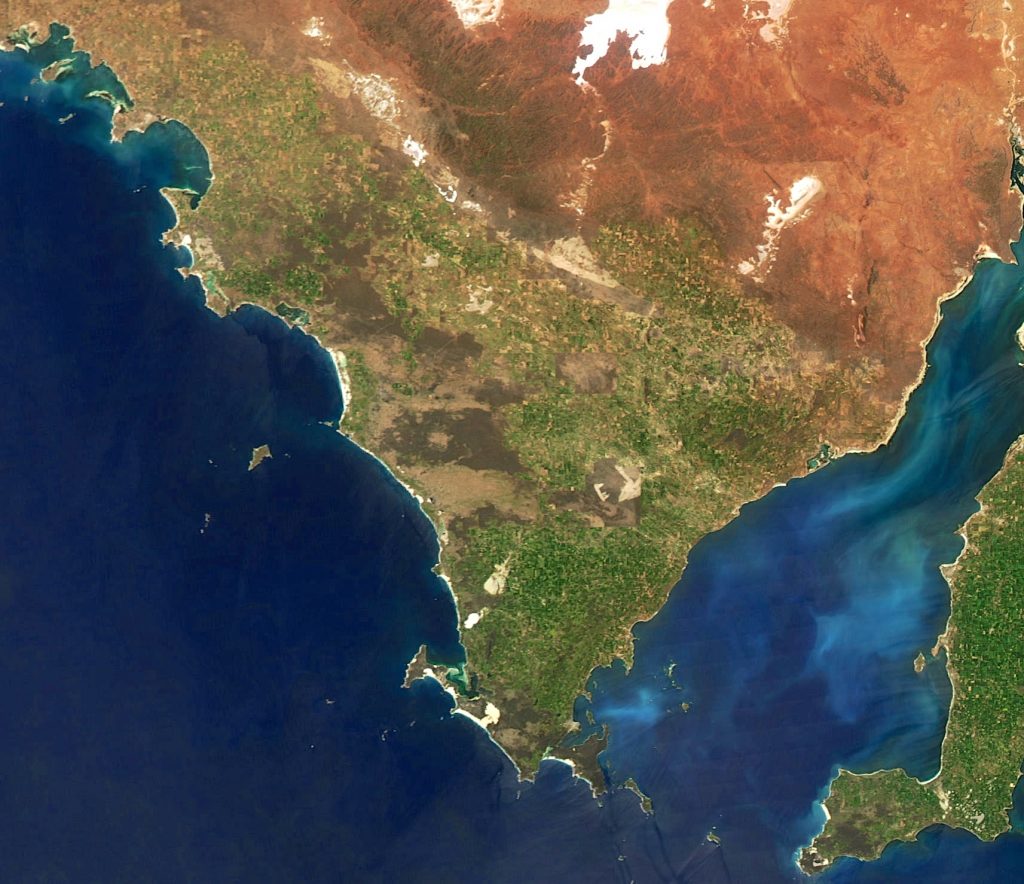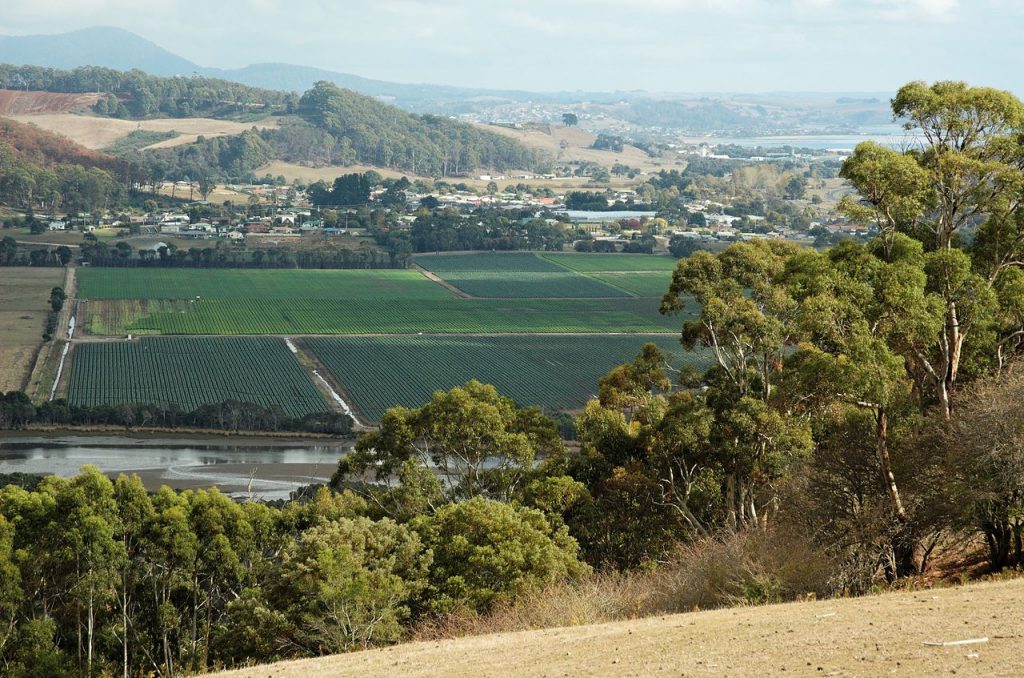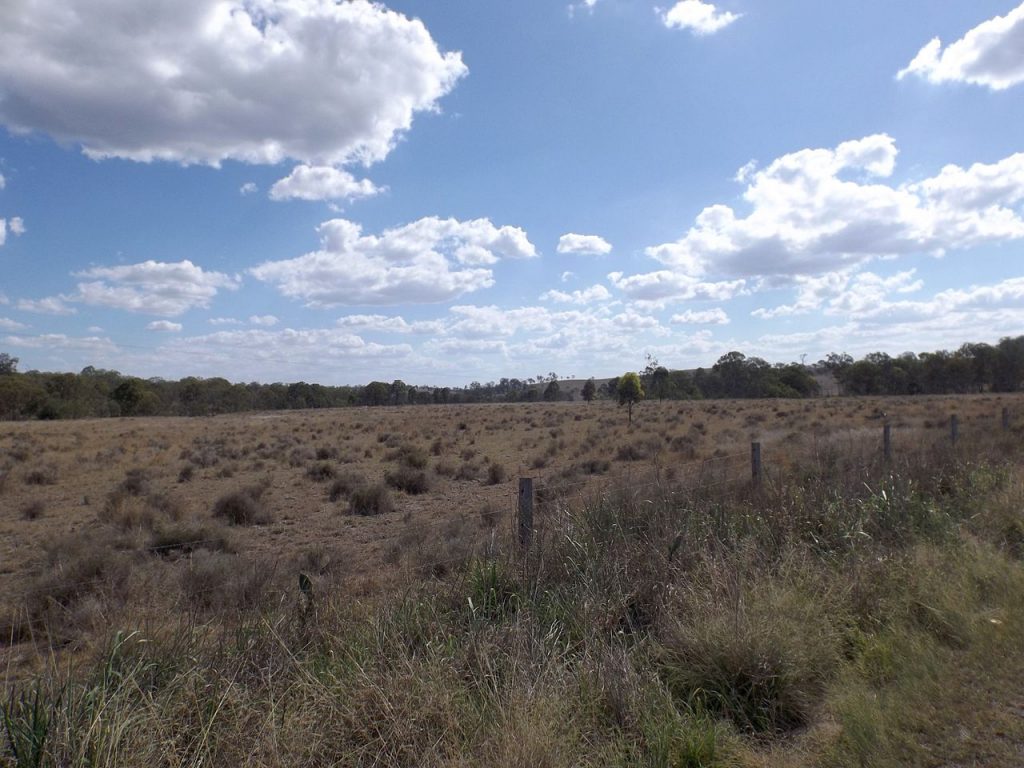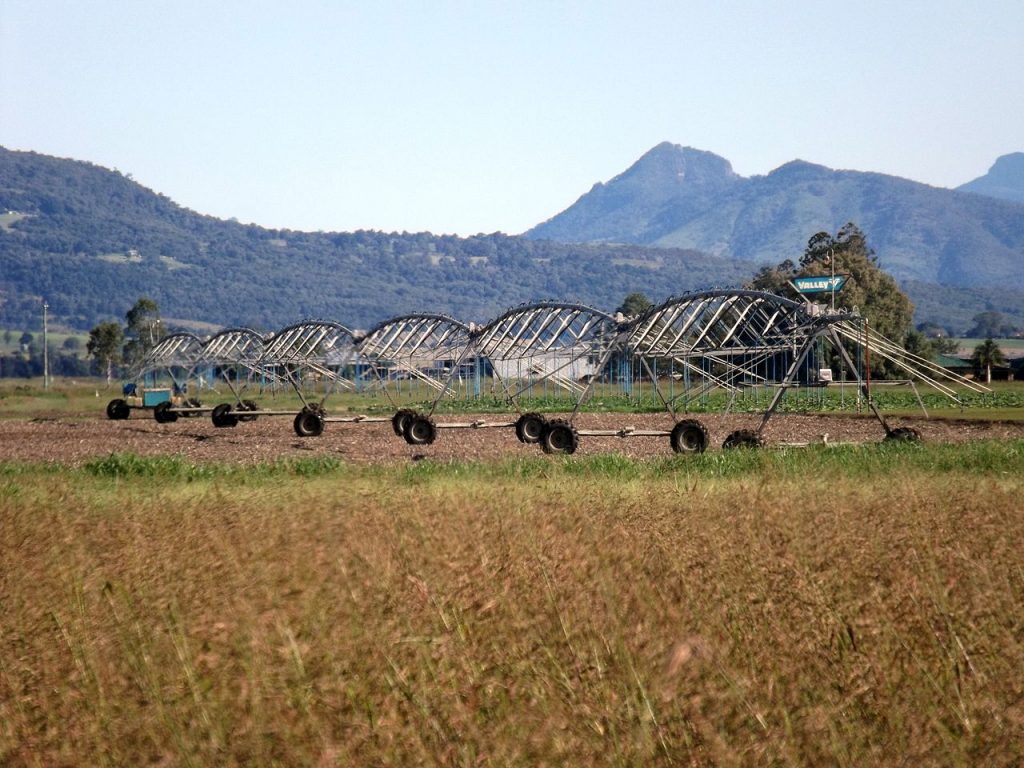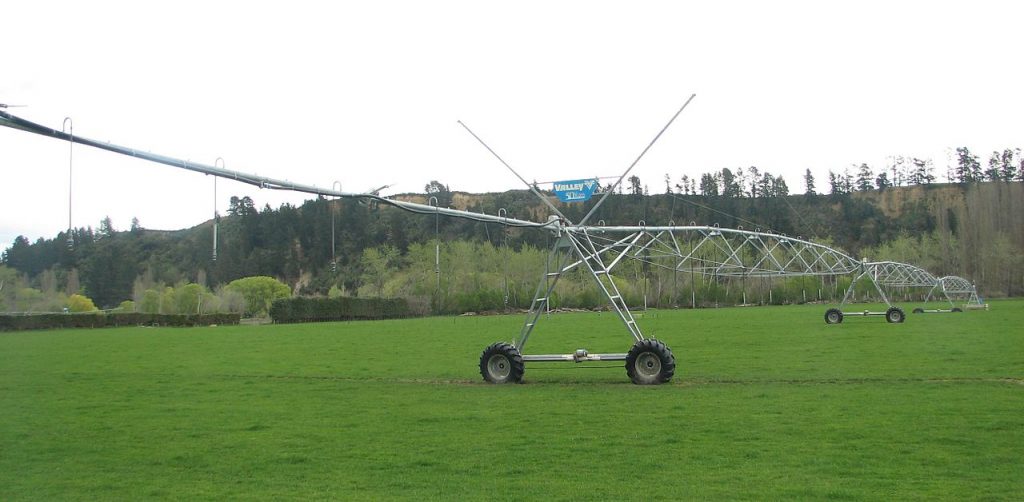
Western Australia (WA) is one of the country’s largest and most important wheat-producing regions, renowned for its vast agricultural expanses and diverse growing environments. Wheat is predominantly grown in the central and southern regions of WA, including the Wheatbelt, which is known for its distinct climatic and soil conditions. This article explores the fertilization practices and soil health management strategies specific to wheat production in Western Australia, while comparing and contrasting these approaches with those used in other states such as Queensland, New South Wales, and Victoria.
Soil Types in Western Australia and Their Influence on Fertilization
1. Soil Types and Composition
Western Australia’s Wheatbelt is dominated by a range of soil types, with sandy, loamy, and clay soils prevalent in different areas. The soils in WA are often more acidic compared to the alkaline soils of South Australia or the sandy soils found in Queensland. In addition to acidity, WA’s soils are frequently low in organic matter, which can impact nutrient availability.
Unlike the rich, fertile soils found in parts of Victoria or Tasmania, which are well-suited to cereal production, WA’s soils require significant amendment and management to optimize wheat yields. In particular, WA’s acidic soils often require regular lime applications to raise pH levels and improve nutrient availability for crops.
The fertility of WA’s soils tends to be lower than in Queensland or New South Wales, which typically have soils with higher organic matter content due to their more temperate climates. In contrast, WA’s soils are typically low in organic matter, requiring extra attention to soil fertility through fertilization practices.
2. Soil Fertility and Nutrient Management
Due to the challenges posed by WA’s low organic matter soils, nutrient management plays a vital role in wheat production. The primary nutrients required for optimal wheat growth—nitrogen (N), phosphorus (P), potassium (K), and sulfur (S)—must be carefully managed to avoid deficiencies and promote healthy crop growth. In particular, phosphorus is a limiting nutrient in many areas of WA’s Wheatbelt, and farmers often use single superphosphate or MAP (mono-ammonium phosphate) to address these deficiencies.
Compared to other wheat-producing states like New South Wales or Victoria, WA’s farmers must be more proactive in ensuring that soil pH and nutrient levels are adequate, as the more acidic soils in WA can lock up essential nutrients like phosphorus, making them unavailable to crops. This is not as significant a concern in other regions such as Queensland, where the soil pH is generally more neutral.
Fertilization Practices for Wheat in Western Australia
1. Nitrogen Fertilization
Nitrogen is a critical nutrient for wheat, and in WA, farmers typically use urea or ammonium nitrate for nitrogen fertilization. However, nitrogen fertilization in WA must be handled with care, especially in the Wheatbelt, where rainfall is often unpredictable. Because WA is more prone to dry conditions, the timing of nitrogen application is particularly important to avoid nutrient loss due to volatilization or leaching.
WA’s wheat farmers often apply nitrogen in a split application approach—some at sowing and the rest as a top-dressing during the growing season. This contrasts with regions like Victoria, where more consistent rainfall makes split nitrogen application less critical. In contrast to Queensland, where nitrogen may be lost through volatilization due to high temperatures, WA’s farmers often wait until the soil is sufficiently moist to minimize these losses.
2. Phosphorus and Potassium Fertilization
Phosphorus fertilization is one of the most critical aspects of nutrient management in WA. Due to the region’s acidic soils, phosphorus is often tied up in forms that are unavailable to plants, requiring farmers to apply phosphorus fertilizers like single superphosphate or ammonium phosphates to ensure availability. Farmers typically apply phosphorus at planting to maximize the efficiency of nutrient uptake by wheat crops.
In contrast, Queensland soils are less acidic, making phosphorus more readily available, and fertilization may be less intensive. WA’s approach to phosphorus fertilization is unique, as farmers must carefully balance the timing and amount of application to ensure that the crop gets the most benefit without wasting resources.
Potassium, while typically not a major issue in WA’s soils, is still crucial for maintaining overall soil fertility. WA farmers often use potassium chloride or sulfate of potash as necessary, particularly in regions with sandy soils where leaching can cause potassium loss. This differs from Victoria, where the risk of potassium leaching is lower due to the higher moisture retention in its soils.
3. Sulfur Fertilization
Sulfur deficiency is becoming increasingly common in WA’s wheat-growing regions, as sulfur-based fertilizers like ammonium sulfate are essential for improving protein content and supporting healthy crop development. Unlike regions such as Queensland, where sulfur is generally present in sufficient quantities, WA’s wheat farmers often apply sulfur regularly to meet crop requirements, particularly in the southern regions where higher rainfall can lead to sulfur leaching.
Soil Health Management in Western Australia
1. Soil pH and Lime Application
Maintaining optimal soil pH is one of the most important aspects of soil health management in Western Australia. Due to the naturally acidic soils in many parts of WA, lime application is regularly used to raise soil pH and improve nutrient availability. This practice is more pronounced in WA than in states like Queensland or Victoria, where soils are less acidic.
Farmers in WA apply lime to correct soil acidity and ensure that essential nutrients like phosphorus and calcium are available for crops. Over time, regular lime application helps to reduce the effects of acidity and increase the productivity of wheat fields. While lime application is important in most agricultural regions, WA’s specific soil chemistry demands more frequent and careful management.
2. Crop Rotation and Diversification
Crop rotation is a critical strategy in WA for maintaining soil health and fertility. Farmers often rotate wheat with pulses, canola, and legumes to help fix nitrogen in the soil and prevent the build-up of soil-borne diseases. This is a practice shared with other states like New South Wales and Victoria, although WA’s harsh growing conditions and limited rainfall make the management of rotations more critical.
In WA, farmers also prioritize the use of deep-rooted legumes in rotation cycles to help enhance soil structure and reduce compaction. This is important in contrast to Queensland, where crop rotation may be less intensive due to the availability of moisture throughout the growing season.
3. Soil Erosion and Windbreaks
Soil erosion is a significant concern in Western Australia, particularly in the Wheatbelt region, where dry conditions and high winds can lead to the loss of topsoil. To combat this, farmers use windbreaks, cover crops, and conservation tillage practices. Windbreaks, often made from trees or shrubs, help protect soil from the impact of strong winds that can lead to soil erosion and the degradation of soil health.
This is a unique challenge for WA compared to states like Victoria or Tasmania, where more frequent rainfall and milder climates reduce the risk of soil erosion. In WA’s Wheatbelt, however, soil erosion prevention is an ongoing and essential practice to protect both soil health and crop yields.
Conclusion
Fertilization and soil health management in Western Australia are driven by the state’s distinct climatic and soil conditions. The challenges posed by acidic soils, nutrient deficiencies, and unpredictable rainfall necessitate tailored approaches to wheat production. The use of lime to adjust soil pH, careful phosphorus and nitrogen fertilization, and a strong focus on crop rotation are essential to maintaining soil health and ensuring high wheat yields.
Compared to other states like Queensland, New South Wales, and Victoria, Western Australia’s unique combination of soil types and arid conditions requires specific practices to address these challenges. While the principles of good soil health management are shared across regions, Western Australia’s wheat farmers face particular challenges that set them apart, making their fertilization and soil management practices distinct and vital for maintaining sustainable wheat production in the state.
